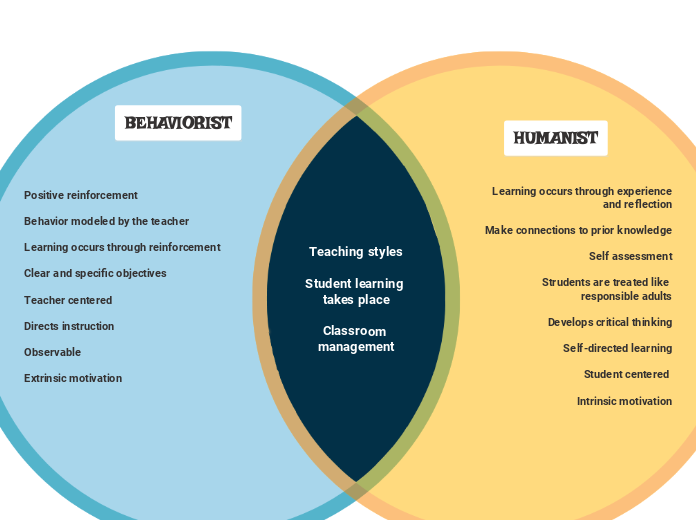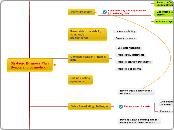jonka mohammad syafiq 5 vuotta sitten
277
CHAPTER 2 PLANNING
Planning is a crucial process in management that involves setting objectives and devising strategies, policies, and detailed plans to achieve them. It helps in organizing efforts to implement decisions and includes performance reviews and feedback for continuous improvement.









